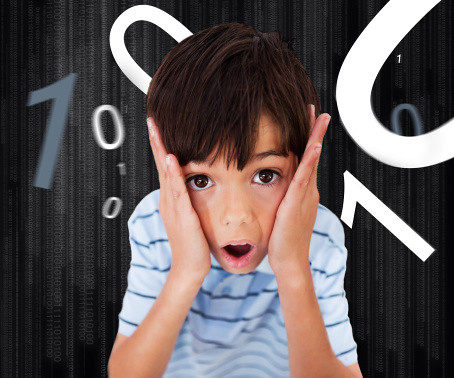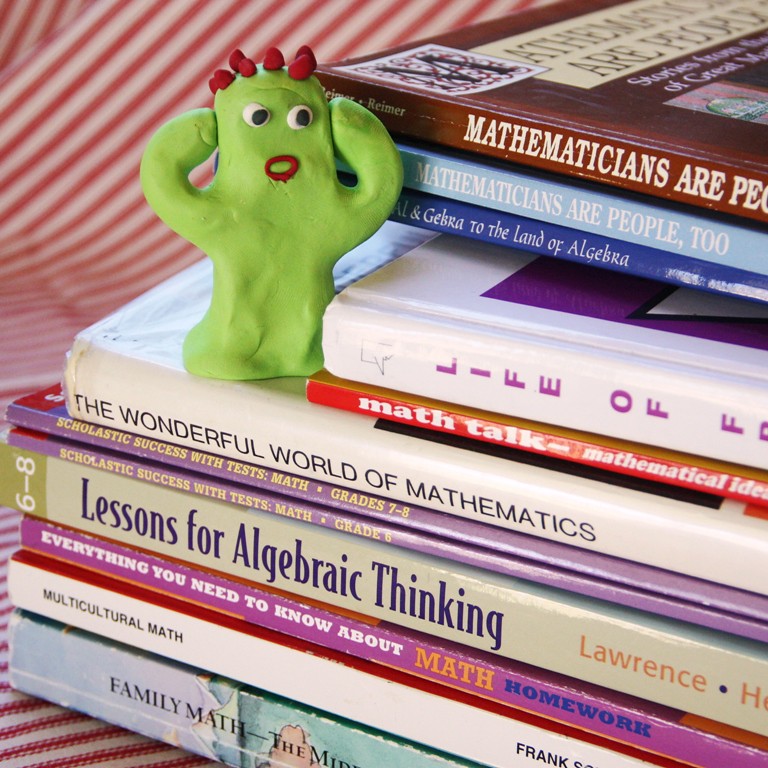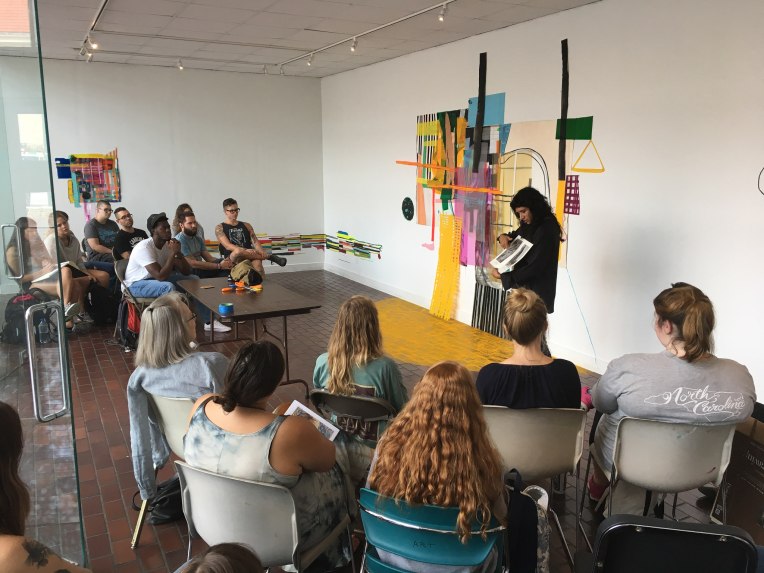Can Psychology Explain Why People Dislike Math? (Tarea 3)
Math is one of the most polarizing subjects taught in schools. People either love math, or they hate it. According to psychology, there’s actually a reason for that. Have you ever heard of math anxiety?
{Photo: Overcoming Math Anxiety by Welcome to Learn. License CC.}
Academic References
Ganley, C.M., & McGraw, A.L. (2016). The Development and Validation of a Revised Version of the Math Anxiety Scale for Young Children. Frontiers in Psychology, 1-18. doi:10.3389/fpsyg.2016.01181
The article mentioned above defines math anxiety as “a feeling of tension, apprehension, or fear that interferes with math performance”. The article examines the validity of a study done with 296 students between first and third grades and examines the presence and effects of math anxiety in young children.
{Photo: Math Phobia by Jimmie. License CC.}
Justicia-Galiano, M., Pelegrina, S., Lechuga, M., Gutiérrez-Palma, N., Martín-Puga, E., & Lendínez, C. (2016). Math Anxiety and its Relationship to inhibitory abilities and perceived emotional intelligence. Anales de Psicología, 32(1), 125-131. doi:10.6018/analesps.32.1.194891
This article talks about a study done where they evaluated students’ emotional intelligence and its correlation to math anxiety. They found that students that suffer from math anxiety have a harder time understanding their emotions and were more susceptible to intrusive thoughts.
Torres, A., Arnold, K.L., and Shutt, E.M. (2016). The effects of visual pet stimuli on stress and math performance. College Student Journal, (1), 112.
The authors of this article were investigating if certain visual stimuli could reduce the amount of math anxiety. This article found that seeing images of pets while doing math problems significantly decreased the amount of stress the subjects felt while solving them, but the images did not change their performance.
{Photo: Happiness by Danny Robinson. License CC.}
Reducing Math Anxiety. (n.d.). Retrieved September 29, 2016 from https:www.radford.edu/content/LARC/home/learning-guides/math/math-anxiety.html
This article offers ways to help the people who don’t know how to reduce their math anxiety.
Journal of Clinical and Experimental Neuropsychology. (n.d.). Retrieved September 29, 2016, from http://www.tandfonline.com/doi/abs/10.1080/13803395.2015.1066759?journalcode=ncen20.
This article discusses a study that concluded that understanding the neuropsychological connection between math anxiety and poor math performance could greatly improve the quality of math education.
Who is Afraid of Math? Two Sources of Genetic Variance for Mathematical Anxiety. (n.d.). Retrieved September 29, 2016, from http://onlinelibrary.wiley.com/doi/10.1111/jcpp.12224/full
Can genetics affect how anxious math makes it? Apparently so, the study highlighted in this article claims that genetics contribute to 40% of variations in math anxiety. The rest is based on individual factors, including but not limited to the environment.
Beilock, S.L., & Maloney, E.A. (n.d.). Math Anxiety: A Factor in Math Achievement Not to be Ignored. Retrieved September 29, 2016 from http://bbs.sagepub.com/content/2/1/4.full.pdf.html
This article emphasizes the impacts of math anxiety. This article suggests that if the U.S.. education system doesn’t focus in on math anxiety when designing the curriculum, they will produce less graduates in STEM (Science, Technology, Engineering, and Mathematics) related fields.
{Photo: Engineers by Joe Schlabotnik. License CC.}
When Math Hurts: Math Anxiety Predicts Pain Network Activation in Anticipation of Doing Math. (n.d.). Retrieved September 29, 2016, from http://journals.plos.org/plosone/article?id=10.1371/journal.pone.0048076.
This article implies that the anxiety people get before doing math can actually activate pain receptors in their brain.
McMahon, M. (2015). Mathematics Anxiety. Research Starters: Education (Online Edition).
This article talks about how math anxiety affects working memory. They compare the effects of math anxiety to a claustrophobic person being trapped in an elevator.
(2015). Findings from California Polytechnic State University Provide New Insights Into Psychology (Parent-child math anxiety and math-gender stereotypes predict adolescents math education outcomes). Psychology and Psychiatry Journal.
This article talks about how gender stereotypes cause math anxiety. The article emphasizes that math anxiety does not create the gender stereotypes. Perceived gender stereotypes affected the grade and self efficiency of the participants of the study.
Non Academic Sources (Analyzed Using C.R.A.A.P)
A. Daniela Valdés Sección 6 – an article that explains why math anxiety occurs and what to do about it.
B. Using, B., (n.d.). Retrieved September 29, 2016, from http://www.mathgoodies.com/articles/math_anxiety.html
C. Currency: 1
Relevance: 3
Authority: 3
Accuracy: 3
Purpose: 3
D: Total: 14
A. Daniela Valdés Sección 6 – an article that offers advice for people who are struggling with math anxiety.
B. Coping with Math Anxiety. (n.d.). Retrieved September 29, 2016, from http://platonicrealms.com/minitexts/Coping-with-Math-Anxiety
C. Currency: 2
Relevance 3
Authority: 1
Accuracy: 2
Purpose: 3
D. Total: 11
A. Daniela Valdés Sección 6 – A simple, friendly website explaining math anxiety and offering tips to help reduce it.
B. Math Anxiety. (n.d.). Retrieved October 10, 2016, from http://www.math.com/students/advice/anxiety.html
C. Currency: 2
Relevance: 3
Authority: 1
Accuracy: 2
Purpose: 3
D. Total: 11
A. Daniela Valdés Sección 6 -an article about an ongoing study related to math anxiety.
B. Understanding Mathematics Anxiety. (n.d.). Retrieved October 11, 2016, from http://www.nuffieldfoundation.org/understanding-math-anxiety
C. Currency: 3
Relevance: 3
Authority: 3
Accuracy: 2
Purpose: 3
D: Total: 14
A. Daniela Valdés Sección 6 – an article about what teachers can do to help alleviate their students’ math anxiety.
B. Subject, B. (n.d.). Math Anxiety. Retrieved October 11, 2016 from http://www.educationworld.com/a_curr/shore/shore066.shtml
C. Currency: 2
Relevance:3
Authority: 2
Accuracy: 2
Purpose: 3
D: Total: 12





